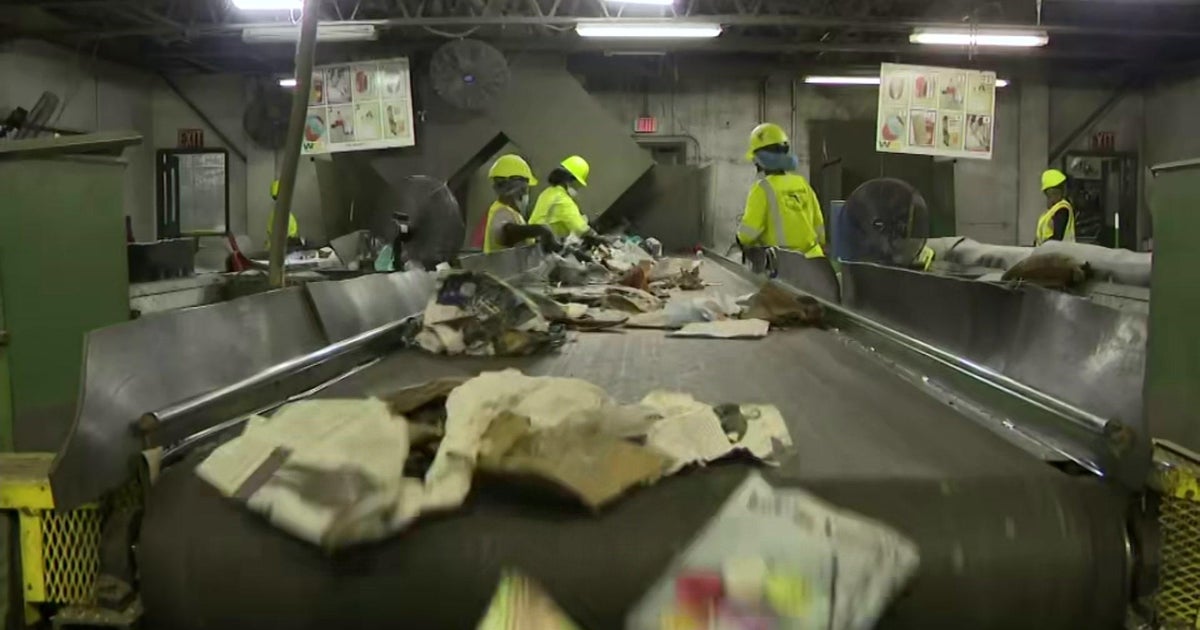Flood Control in Miami Beach Means Dry Roads for Some, Soaked Homes for Others
The City of Miami Beach is getting deluged with resident complaints over its effort to keep its roads from flooding.
Faced with rising sea levels, the beachfront city that sits between Biscayne Bay and the Atlantic Ocean has raised 11 miles of roads from a few inches to 2.5 feet since 2017. Miami Beach hopes to raise a further 90 miles of roadway by 2050, when sea levels are expected to be 14 to 30 inches higher than they are today, according to a forecast from the Southeast Florida Regional Climate Change Compact. The organization is a partnership among Broward, Miami-Dade, Monroe, and Palm Beach counties to address climate change issues.
Some residents and businesses say the project has improved conditions in flood zones in their neighborhoods. But others say that the water that is being diverted from the elevated roads is winding up in their yards and living rooms.
The outcry has led to lawsuits and delays in the project as some property owners have denied the city the access it needs to move forward. “There’s definitely some competing interests,” said Eric Carpenter, Miami Beach deputy city manager.
Miami Beach is one city among hundreds in the U.S. threatened by rising sea levels in the coming years. The push-and-pull over its flood-mitigation efforts shows that there are often no easy answers as cities plan for the future.
“Coastal cities in our country face flood risk and face difficult questions,” said Amy Knowles, the chief resilience officer for Miami Beach. “Our city has made the decision to address our flooding challenges and adapt.”
Part of the unique challenge faced in Miami Beach is the geology of the bedrock, which is made up of porous limestone that allows the water table to come up from beneath the ground when the tide rises. That means that parts of the city can flood even on sunny days. Once the roads are raised, they often end up at higher elevations than abutting properties.
“Unfortunately we have to plan for rainfall falling from the sky, plus the water that’s coming up from underneath,” Mr. Carpenter said. “The only way to combat that water coming from underneath is to build higher over time.”
Besides raising the roads, the Miami Beach flood-control effort also involves installing pumps. The pumps are part of a complex storm water system that takes the rainfall that accumulates in low-lying areas, filters it and then pumps it into Biscayne Bay.
Roads were raised as much as 2.5 feet in 2017 in Sunset Harbour, a hip Miami Beach neighborhood filled with restaurants and coffee shops that has seen a glut of new construction in recent years.
The neighborhood used to flood regularly. But now that the roads have been raised, the city says more than 130 incidents have been avoided where the tides would have been higher than the roads and likely would have caused flooding.
“The system that was put in place with pumps absolutely works,” said Marilyn Freundlich, the vice president of the Sunset Harbour condo association.
But parts of Miami Beach’s Palm Island haven’t been as fortunate, according to Andres Asion, who owns a house there next door to his parents. During a flood early this month, his parents’ home was flooded for the first time since they bought it in 1969, he said.
“There is a pool inside the house right now,” he said in a video he made showing water collecting around the house and soaking a sunken living room. Mr. Asion said his parents have now filed a claim with their insurance company to fill in the sunken living room with concrete, redo the drywall, move up the electrical and re-tile the floor. “They’re going to get a lot of claims and insurance will go up more than it already has,” he said.
The city planned in 2017 to raise roads and install pumps in one high-end residential Miami Beach neighborhood, La Gorce, where some mansions go for upward of $10 million. But residents pushed back and the $125 million project was shelved altogether.
A $105 million project in the nearby West Avenue neighborhood is five years behind schedule, and now the construction company that won the contract is suing the city to terminate.
To begin construction on West Avenue, some 175 property owners would need to sign “harmonization agreements” that allow contractors to connect the raised roads with the private properties either through ramps, stairs or other means, depending on the difference in elevation. To complicate matters further, property owners in the City of Miami Beach are on the hook for some of the costs associated with neighborhood projects, which could be as high as $15,000 per property.
City officials are asking residents to continue to provide input as they design these projects. “It’s important to understand that this is a transition. We can’t wave a magic wand and elevate all of the city at once,” said Ms. Knowles.
Write to Deborah Acosta at [email protected]
Copyright ©2022 Dow Jones & Company, Inc. All Rights Reserved. 87990cbe856818d5eddac44c7b1cdeb8



